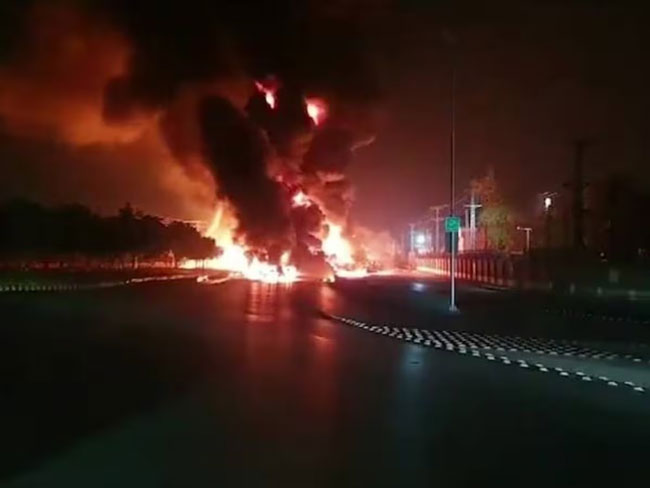Desk:In the aftermath of the Pahalgam terror attacks, India carried out a series of swift and intense airstrikes, inflicting significant damage—something Pakistan is now reluctantly beginning to acknowledge. The Pakistani government has issued directives to all its provinces to assess the extent of the damage caused by the Indian air raids. Provinces including Punjab, Khyber Pakhtunkhwa, Sindh, and Balochistan have been instructed to prepare detailed reports. Similar directives have also been sent to Pakistan-occupied Kashmir (PoK) and Gilgit-Baltistan.
These damage assessments will help the Pakistani government determine the actual scale of losses suffered. Orders in this regard have been issued from the Prime Minister’s Secretariat to all regional administrations.
According to the Indian Army, the airstrikes significantly damaged the Rahim Yar Khan airbase and obliterated nine terrorist camps spread from PoK to Punjab. During the night of May 6 and 7, strategic locations from Muridke to Bahawalpur were targeted. The strikes reportedly destroyed Jaish-e-Mohammed bases, while Lashkar-e-Taiba’s facilities in Muridke were also hit. One of the sites targeted is believed to be the same camp where Ajmal Kasab, the terrorist involved in the 2008 Mumbai attacks, received training.
Until now, the Pakistani government had publicly denied any major damage from the Indian operations. However, the nationwide request for damage reports makes it clear that the impact has been substantial.
Local administrations have been tasked with reporting how many homes were destroyed, the number of casualties, and the extent of damage to public infrastructure. Deputy Commissioners of each district are compiling detailed assessments, with a special focus on residential areas, schools, and hospitals. Sources indicate that complete lists of the deceased and injured are being compiled. Once finalized, this information may be shared with international organizations and will form the basis for rescue, relief, and resettlement efforts.




